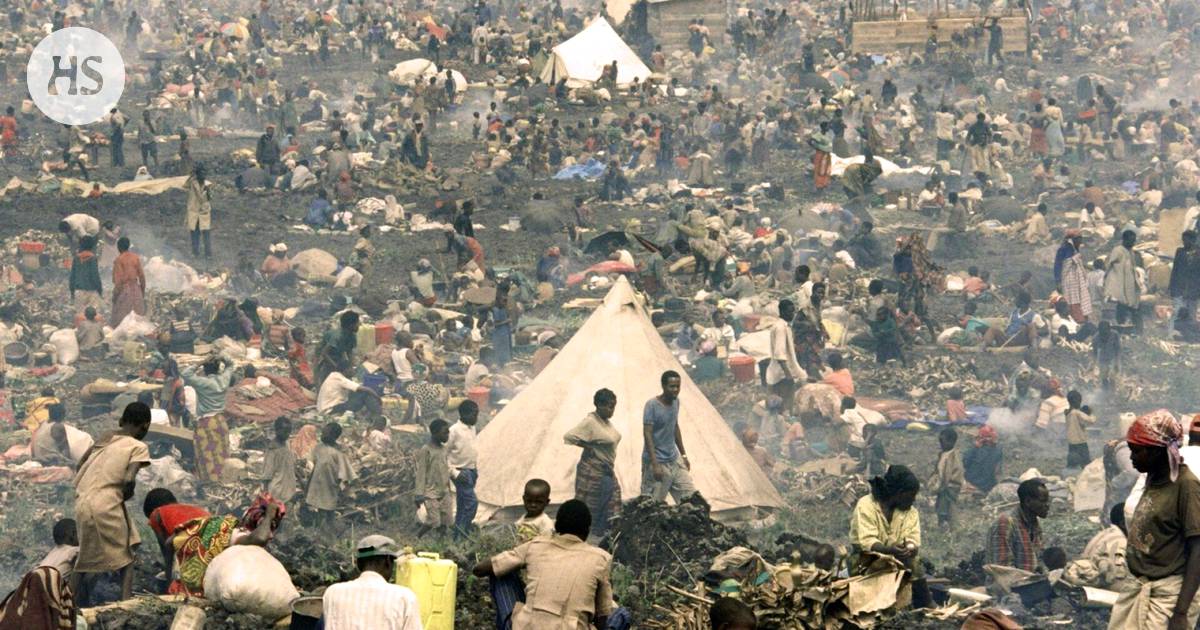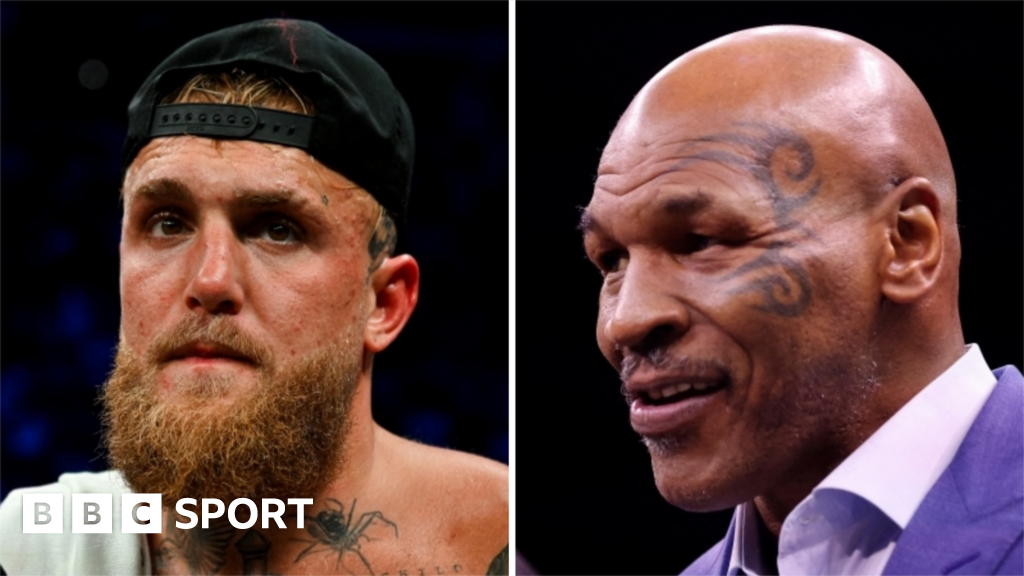The genocide in Rwanda that occurred 30 years ago is still a painful memory for the country, with at least 800,000 people, mainly Tutsis, being killed in a mass killing that lasted for about a hundred days. The violence was fueled by hate speech and ultimately escalated after the assassination of the Hutu president. Despite the passage of time, the scars of the past are still present in Rwanda, but there is now a different energy and sense of possibilities in the country.
The current President, Paul Kagame, participates in memorial events and maintains a week-long period of mourning. However, despite his efforts to move forward from the genocide, Rwanda still faces challenges in terms of human rights and democracy. Two-thirds of Rwanda’s population was born after the genocide, but the memory still lives on.
The administration has been accused of arming Tutsi forces in neighboring countries. This has led to concerns about human rights and democracy in Rwanda. The international community was heavily criticized for not intervening more during the genocide, and there are still perpetrators of the bloodshed at large.
In conclusion, while Rwanda has made significant strides in economic development since the genocide occurred 30 years ago, it continues to grapple with its past mistakes. The memory of the genocide still lingers in the hearts of Rwandans and continues to shape their present and future. Efforts towards reconciliation and progress must continue if Rwanda is to fully heal from its dark history.



